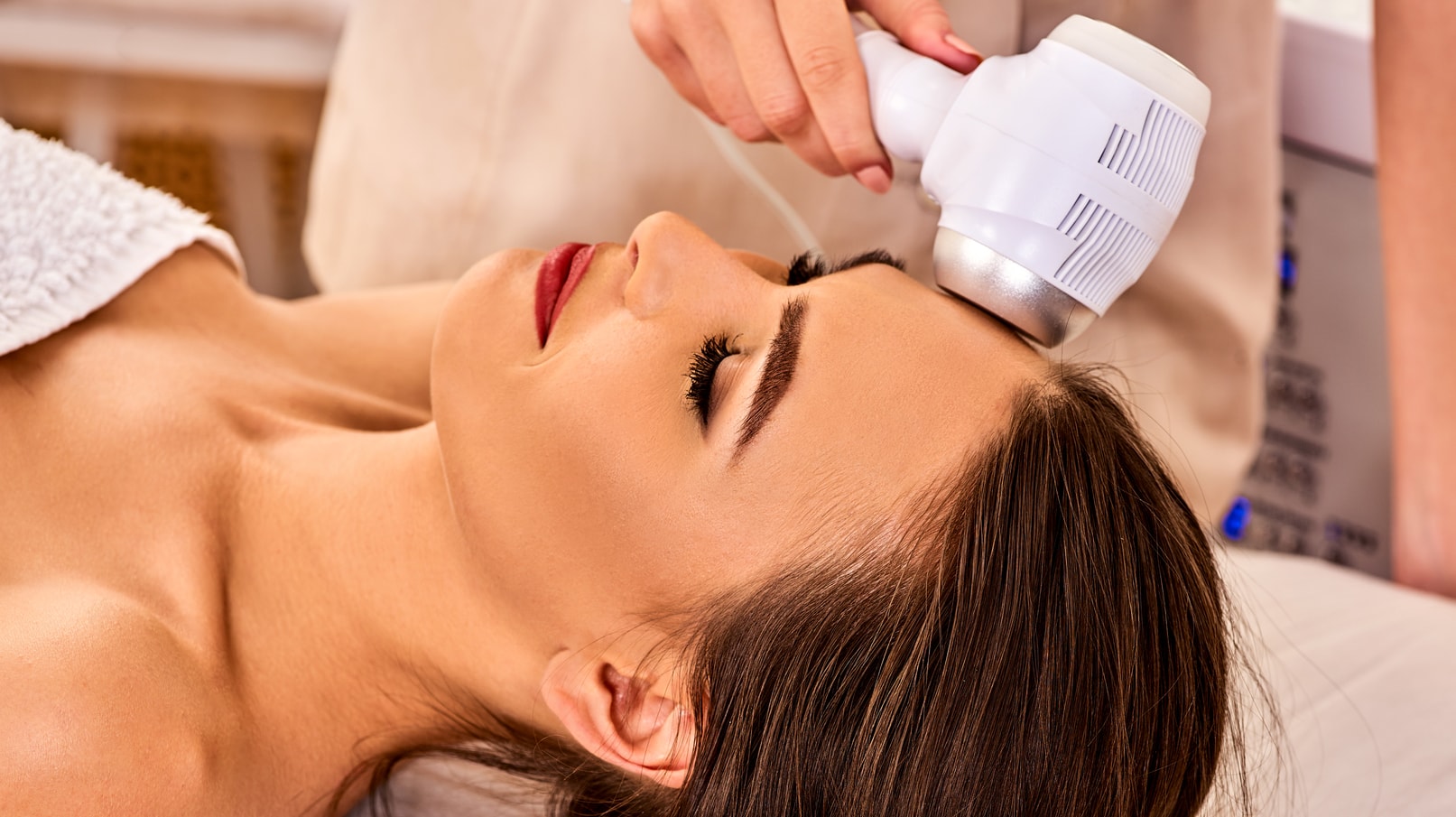
Ultherapy is an ultrasound-based skin tightening treatment that utilizes ultrasound energy to help tighten the skin. This noninvasive procedure uses ultrasound energy to go through the skin in order to reach the subdermal layers of the skin. By reaching these subcutaneous layers with the ultrasound energy, the skin gets a little tighter. Plus, the heat created from the ultrasound activates collagen production to provide additional tightening to the skin over a period of time. While Ultherapy can tighten many areas of the body, it is mainly used in the face and neck region to improve the tightness and laxity of the skin.
People who are GOOD CANDIDATES for Ultherapy include:
Patients who are NOT GOOD CANDIDATES include:
There are no specific preparation requirements for this procedure. Patients are allowed to take some Arnica Montana to minimize any possible bruising. Also, patients can take Motrin or Advil before the procedure to help reduce the pain. It’s important to remember that Motrin is an anti-inflammatory medication and Ultherapy creates an inflammatory response in the skin. It’s best to consult with your doctor before taking any medication.
The doctor cleans the area that will be treated, and then places an ultrasound gel on the area, along with a smooth treatment applicator. Ultrasound imaging allows the doctor to see deep within the skin to determine the optimal placement of the energy. The treatment applicator is slowly moved over the treatment area. The patient will feel heat, and a tiny bit of pain, from the controlled energy deposited in the layers of skin as the collagen stimulation begins.
To improve any discomfort, lidocaine can be used to numb the part of the body that feels pain. Also, the energy released from the equipment can be modified to cut down on pain and discomfort.
One of the biggest differences is the fact that a facelift is a surgical procedure and Ultherapy is a non-surgical procedure. This means Ultherapy generally has minimal recovery time after the treatment. Plus, there are no incisions involved so local anesthetic injections are rarely ever used.
Ultherapy won’t have the same dramatic results as a facelift. The skin is tightened but no fat is removed during the procedure. Patients with severe skin laxity might show some improvement after Ultherapy but it will likely be minimal at best. Patients with mild skin laxity are the ones where the results are more noticeable.
The cost for Ultherapy depends on the part of the country where the treatment is performed and any fees charged by the facility,
Ultherapy costs in the range of $2500-$5500 for a larger area to be treated and $750-$1000 for smaller treatment regions.
There is little to no RECOVERY or DOWNTIME for Ultherapy. There might be some temporary swelling and redness but patients can resume normal activities after having the treatment. Strenuous activities should be avoided for around 24-48 hours to minimize any swelling.
Ultherapy is designed to stimulate new collagen production, which repairs the skin itself. Once the collagen starts to be stimulated, it takes anywhere from 3-6 months for patients to begin to see results.
Most patients have the procedure performed one time. The length of the results depends on the weight of the patient, any hormonal changes experienced by the person and the sun exposure of the patient. Overall, the results can last up to 3 years.
The main limitation of Ultherapy is that it can only perform a minor lifting of up to 5 or 6 millimeters. It cannot give the same results as a facelift.
Common risks include:
The benefits of Ultherapy make it a viable alternative for patients who prefer not to have a surgical procedure. The outpatient aspect of the treatment, combined with the minimal downtime following the procedure, makes it an attractive option for many patients. Also, there are many people who appreciate the fact that the results are not permanent. This gives patients time to decide if a permanent surgical cosmetic procedure is the right thing for them. Patients thinking about having Ultherapy should be examined by a doctor before making a final decision on whether or not to proceed with the procedure.
Written by Cosmetic Town Editorial Team based on an exclusive interview provided by Dr. Alexander Ovchinsky in Shorthills, NJ.